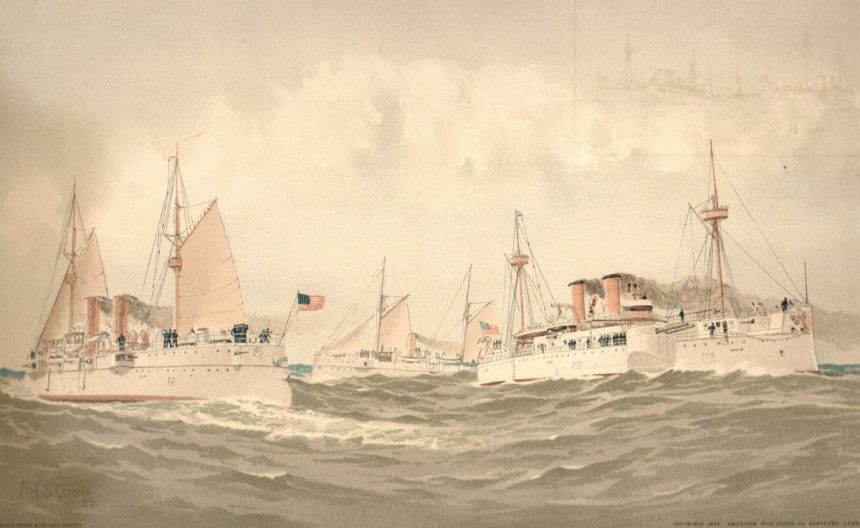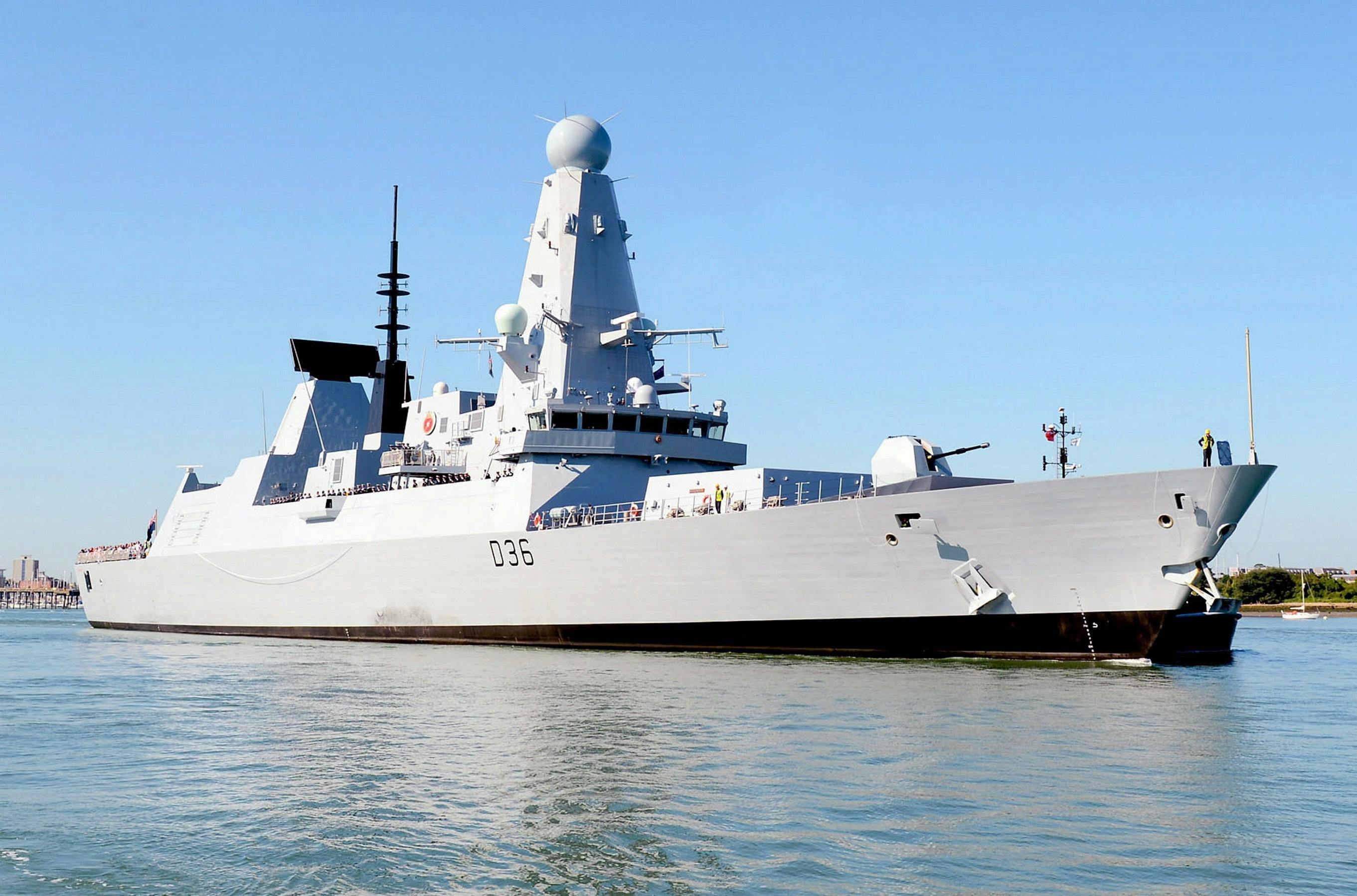Hiyo-class aircraft carrier (commissioned 1941)
Imperial Japanese Navy
Ships: Hiyo, Junyo
Part One
The Hiyo-class aircraft carriers were possibly the most controversial ships in the maritime history of imperial Japan. The entire idea of converting into carriers two active-service battleships, still in excellent condition and ripe for modernisation, at a time when the IJN was still very much focused on the supremacy of the battleship and the idea of Decisive Battle, flew in the face of established wisdom. As it turned out, however, the two vessels would be some of the most important ships of the Pacific War.
The Hiyo and Junyo were originally the fast super-dreadnoughts Nagato and the Mutsu, respectively; the only ships of the 8-8 fleet programme to make it onto the water in their intended forms. Commissioned in 1920 and 1921, by 1934 they were in good shape but were due for a major set of upgrades. From surviving historical documents, installing these would probably have taken until 1936, and involved the reconstruction of the forward superstructure, lengthening of the stern, installation of torpedo bulges, increased armor protection on the turrets and deck, and many other beneficial features that would have greatly increased the combat efficacy of the two battleships.
However, when astute Japanese naval planners looked at the manner in terms of the grand scheme of things, this did not seem like such a good idea. If the Japanese navy was to get into a major war with either Britain or the United States, its battle-line would be outnumbered from the start. Modernising the Nagato and Mutsu would only yield ships that, at best, were somewhat superior to the US Colorado-class or the British Nelson-class - ships with specifications not powerful enough to ensure success in any future conflict. In contrast, from 1934 onwards, various design studies were emerging from the pens of Japanese naval architects for battleships that would provide these specifications, which would eventually develop into the Yamato-class, the pinnacle of the Decisive Battle mentality. If these ships, of which at least two were projected and several more considered, could handily provide victory, the reasoning went, there would be no need to modernise the Nagatos. This logic was indisputably sound. Despite serious efforts from the IJN's 'gun club' to cut down this scheme before it was born, it began to gain shape and vitality.
Yet the hulls of the two ships were still in good condition, and, as the idea gained credence, Japanese naval planners knew that the two ships had similar designs to the Tosa-class battleships, one of which, the Kaga, had been successfully converted into an aircraft carrier and, in 1934, was just about to start a major refit. Comparing the two classes, it gradually became clear to the Japanese that, based on their experiences with the Kaga, they could successfully convert the Nagato and Mutsu into fleet carriers. This would be done once Japan had pulled out of the various naval treaties, and the tonnage limits they entailed. Thus, for a few more years, Nagato and Mutsu would remain in service, although care would be taken to preserve their machinery in particular.
In due course, Japan denounced the 2nd London Naval Treaty in 1937, and started construction of the Yamato-class battleships and Shokaku-class aircraft carriers. Simultaneously, arrangements started to be made for the conversion of the Nagato sisters; they were decommissioned in 1938, and their eight 16.1" turrets were removed and carefully stored, along with their armor plating. These materials, along with the eight 16.1" turrets left over from the building process of the 8-8 fleet, would later be used in the construction of the four Kii-class fast battleships, which were all laid down in 1939 and were to form the backbone of the future IJN alongside the Yamato and Musashi.
In 1939, despite the continuing protests of many naval officers, the conversion was able to begin, Nagato starting in March and Mutsu starting in June. This entailed the lengthening of the hull, the addition of a flight deck and arresting gear, the construction of a rather large starboard island with an integrated stack - a first for a Japanese carrier - the creation of two superimposed hangars, and replacing the old mixed-firing boilers with new, pure oil-firing units that, alongside new propellors, allowed the ships to easily reach 28 knots. The main AA armament would now consist of six twin 5" guns, three mounts on each side, along with various 25mm cannon emplacements and some machine guns. They would carry an airgroup of 57 aircraft when commissioned in 1941, although this number would vary over the course of the Pacific War.
The conversion was completed in early 1941, and the two ships were renamed Hiyo and Junyo. Upon completing their trials and work-up in September, they were assigned to Carrier Division 6 of Chuichi Nagumo's 1st Air Fleet, or Kido Butai, and would be commanded by Rear Admiral Kakuji Kakuta, not an aviator but still deemed suitable for the post due to his experience as commander of Carrier Division 3. Alongside the rest of 1st Air Fleet, Hiyo and Junyo, also known as the 'Hawk Sisters', would train for the upcoming, complicated Operation Z.
On December 7th, 1941, Operation Z began. The attack was split into two stages. In the first stage, Akagi, Kaga, Hiyo and Junyo attacked the base at Pearl Harbour itself, focusing mainly on the cruisers and destroyers and causing substantial damage. In the second stage, as Admiral Kimmel's fleet of seven surprised but intact battleships made its way into the open ocean to find the Japanese ships, they were set upon by Soryu, Hiryu, Shokaku and Zuikaku, and later by Carrier Divisions 1 and 6 as well. In the repeated air attacks, Tennessee, California and Oklahoma would all be sunk, and Arizona and Nevada would be crippled, to be later finished off by Japanese surface units and submarines. Maryland and West Virginia would only survive thanks to some timely support from planes from the carrier Enterprise, who, although they took severe casualties, were able to distract the Japanese attackers long enough for the battleships to make a getaway. Pearl Harbor was to prove one of the worst defeats in the history of the US Navy, and cemented the importance of the carriers into Japanese naval mythology.
Unfortunately for the IJN, Operation Z had found no aircraft carriers in Pearl Harbor. This meant that the bruised US Pacific Fleet could still call upon Lexington, Saratoga and Enterprise, and later Yorktown and Wasp, along with the rookie sisters Hornet and Constellation to fight. In the meantime, however, they could do little to stop the advance of the Kido Butai. Within months, Nagumo would sweep through the southern and western Pacific, sowing death and destruction in his wake. By March 1942, as it dropped anchor in Staring Bay, Java, Kido Butai had helped Japan seize one of the largest empires in history, destroyed hundreds of Allied planes, and sunk many hapless Allied warships. The force seemed invincible and unstoppable.
It was about to get a lot harder, however...





